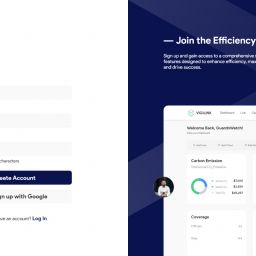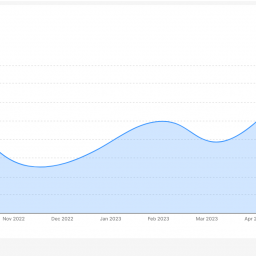The Role of Workforce Management Software in Employee Engagement
Employee engagement is a critical factor in the success and growth of any organization. It refers to the emotional commitment and dedication that employees have towards their work and the company they work for. Engaged employees are more likely to be productive, loyal, and contribute positively to the overall success of the organization. On the other hand, disengaged employees can lead to decreased productivity, higher turnover rates, and reduced overall morale.
Workforce management software has emerged as a powerful tool to optimize and streamline various HR processes, including employee scheduling, time and attendance tracking, performance management, and more. In recent years, this software has proven to be an essential asset for fostering employee engagement and improving overall organizational performance. This article explores the role of workforce management software in enhancing employee engagement and how it benefits both employees and employers.
1. Simplified Scheduling and Time Management
Workforce management software provides robust scheduling capabilities that enable managers to create well-organized and efficient work schedules. By considering employee preferences, availability, and skillsets, managers can create balanced schedules that minimize burnout and increase job satisfaction. When employees have a say in their work schedules, they feel valued and appreciated, leading to higher levels of engagement.
Furthermore, accurate time tracking through workforce management software helps eliminate potential discrepancies in payroll and ensures that employees are fairly compensated for their work hours. This transparency fosters trust and demonstrates the organization’s commitment to treating employees fairly, which can significantly boost engagement.
2. Empowerment and Autonomy
Workforce management software often includes self-service functionalities, allowing employees to manage certain aspects of their work-life independently. They can request time off, swap shifts with colleagues, and view their schedules in real-time. This empowerment gives employees a sense of control over their work arrangements and helps them strike a better work-life balance, ultimately leading to higher job satisfaction and engagement.
When employees feel trusted and respected to manage their work-related responsibilities, they are more likely to be emotionally invested in the organization’s success. They become proactive and accountable for their actions, positively impacting their engagement levels.
3. Performance and Feedback
Effective performance management is a vital component of employee engagement. Workforce management software often incorporates performance evaluation tools that allow managers to set goals, track progress, and provide timely feedback to employees. Regular feedback and recognition for accomplishments contribute to a sense of achievement and motivate employees to continue performing well.
By streamlining performance reviews and making the process more transparent, workforce management software helps employees understand their strengths and areas for improvement. The clear communication of expectations and achievements ensures that employees feel acknowledged and supported in their professional growth, leading to increased engagement and commitment to the organization.
4. Training and Skill Development
Investing in employee development is crucial for retaining top talent and boosting engagement. Workforce management software can assist in identifying skill gaps and training needs among the workforce. By analyzing employee data, such as performance metrics and training histories, HR departments can design targeted training programs to enhance employees’ skills and knowledge.
When employees perceive that their organization cares about their growth and development, they are more likely to be loyal and committed. A well-implemented training and development program can not only improve employee engagement but also contribute to a more skilled and competent workforce, benefitting the organization in the long run.
5. Communication and Collaboration
Effective communication is a cornerstone of a thriving work environment. Workforce management software often includes communication features like internal messaging systems and shared calendars, facilitating seamless communication and collaboration among employees and teams.
Improved communication leads to a more connected and unified workforce, as employees can easily seek guidance, share ideas, and celebrate successes together. Enhanced teamwork and camaraderie foster a positive work culture and create an environment where employees feel valued and included, further driving their engagement and job satisfaction.
6. Workforce Analytics and Insights
Workforce management software collects and analyzes vast amounts of employee data, providing valuable insights into various workforce aspects. HR teams can use these analytics to identify trends, patterns, and potential areas for improvement related to employee engagement.
By understanding the drivers of engagement, organizations can implement targeted strategies to address specific issues and enhance overall engagement levels. For example, if the data reveals a high turnover rate in a particular department, HR can investigate further and take corrective measures to improve employee retention and satisfaction.
Conclusion:
In conclusion, workforce management software plays a significant role in fostering employee engagement in modern organizations. By simplifying scheduling, promoting empowerment and autonomy, facilitating performance management, supporting employee development, improving communication, and providing valuable insights through workforce analytics, this software creates a work environment where employees feel valued, supported, and motivated to contribute their best.
As organizations continue to recognize the importance of employee engagement in achieving their goals, the adoption of workforce management software will likely become more prevalent. Employers who invest in these powerful tools and embrace a culture of engagement will reap the rewards of a committed, motivated, and high-performing workforce, driving their success in an increasingly competitive business landscape.
















